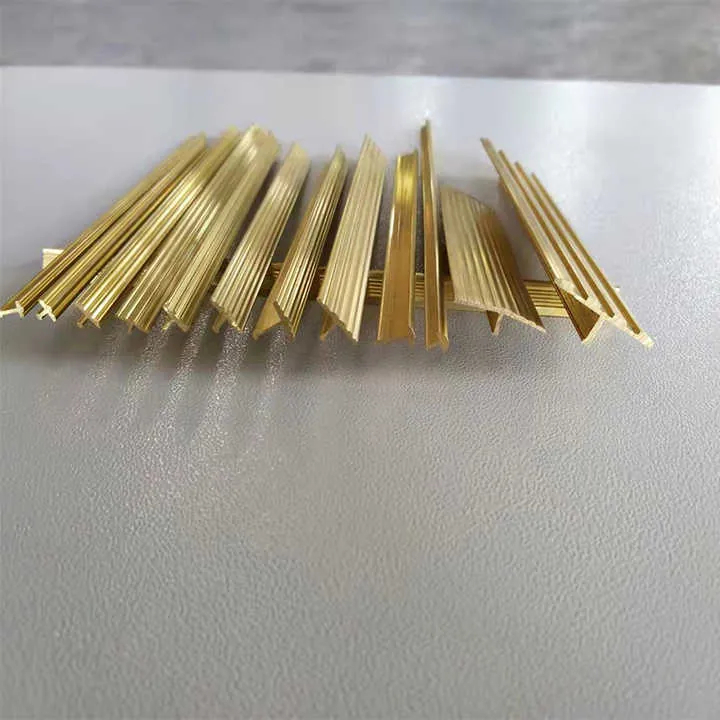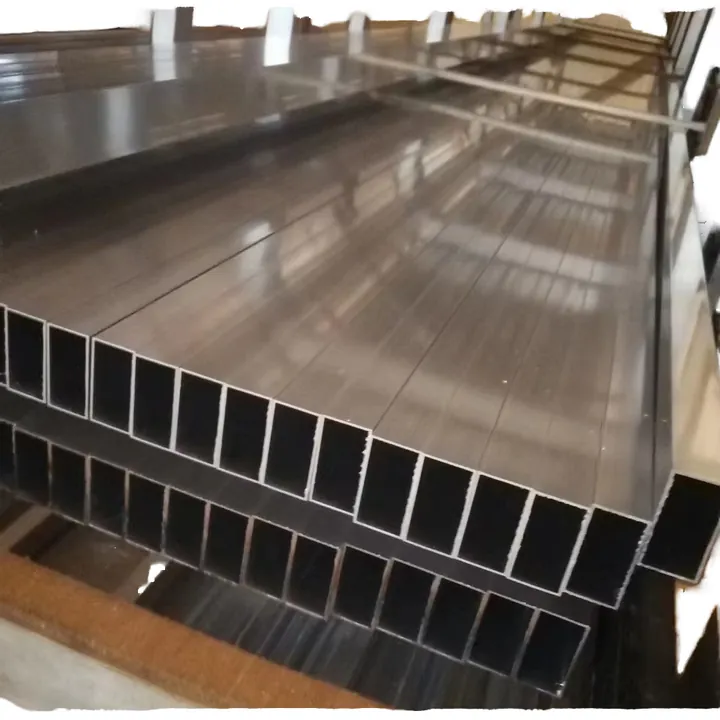Wann werden Abstandshalter entfernt?

Most tiling mistakes I’ve seen happen because of one small thing—timing. You leave tile spacers in too long, and suddenly your perfect lines turn into a problem.
You should remove tile spacers once the adhesive sets—usually within 20–30 minutes, or at most the next day. Leaving them too long can damage the job.
I used to think tile spacers could stay in until the end. I was wrong. Let’s break it down, step by step.
How Long Should Tile Spacers Stay in Place?

I remember working on my first bathroom remodel. I was so careful lining up each tile, using spacers like a pro. Then I walked away and forgot about them. When I came back the next day, some had fused with the mortar. Lesson learned.
Tile spacers should be removed once the thin-set has firmed up but before it fully cures—usually within 20 to 30 minutes.
Waiting until the adhesive is fully dry makes the spacers hard to remove. That can chip the tile edge or ruin the grout line. Some pros prefer to wait until the next day if they’re using a slow-drying adhesive, but it depends on the job conditions like temperature and humidity.
Quick Timing Tips
| Thin-Set Type | Remove Spacers After |
|---|---|
| Standard Thin-Set | 20–30 minutes |
| Slow-Drying Thin-Set | Up to 24 hours (max) |
| Fast-Set Mortar | 15–20 minutes |
Removing spacers too early can shift your tiles. Too late, and they’re stuck. Aim for the “just firm” stage.
Tile spacers should always be removed before the adhesive fully cures.Wahr
If spacers remain too long, they bond with the adhesive, making removal difficult and risking tile damage.
It’s fine to leave tile spacers in until after grouting.Falsch
Spacers left in during grouting interfere with grout fill and weaken the joint.
Can I Grout with Spacers Still In?

One time, a helper on my team thought he could speed things up. He grouted right over the spacers. It looked fine at first—until the grout started to crack and chip. We had to redo it. Expensive lesson.
No. You should never grout with spacers still in. Spacers block grout from filling the joint properly.
Grout needs to go all the way into the gap between tiles. Spacers stop that. They create air pockets and weak points. Over time, those spots will crack or fall apart. Worse, they can trap moisture, which leads to mold or mildew.
What Happens If You Grout Over Spacers?
- Weak grout lines
- Cracking or crumbling joints
- Trapped moisture, leading to mold
- Visible spacer marks
- Failed inspections in pro jobs
If you forgot to remove them and the grout is still soft, gently pull them out and refill the joint. If it’s already dry, you may need to scrape and regrout.
What Happens If I Remove Spacers Too Late?

This happened to me once on a floor tile job. I came back after the weekend to remove spacers—big mistake. They had set like concrete. Took me two hours and a chisel to get them out, and I chipped two tiles in the process.
If you remove tile spacers too late, they’ll be stuck in hardened adhesive. That makes them hard to pull out and can damage your tiles.
The longer you wait, the more the adhesive cures around the spacer. That makes it harder to pull without using force, which risks pulling the tile or breaking the edge. Also, late removal can shift the tile slightly and ruin the alignment.
Signs You Waited Too Long
| Sign | Was es bedeutet |
|---|---|
| Spacer doesn’t budge | Mortar has fully cured |
| Tile edge chips when pulled | Spacer is locked into adhesive |
| Grout can’t fill fully | Spacer was blocking grout space |
Always test one spacer first. If it pulls clean with light pressure, go ahead. If it’s tough, wait a little longer or gently tap it loose with a tool.
If tile spacers stay too long, they can bond with the thin-set and damage tiles during removal.Wahr
Late removal makes spacers harder to extract and can result in chipped tiles or uneven grout lines.
It’s best to leave spacers in until after the grout fully sets.Falsch
Leaving spacers until after grouting weakens the bond and disrupts grout lines.
Are There Different Rules for Floor and Wall Tiles?

At first, I thought vertical tiles needed different timing. But after doing a few walls and floors, I saw the rule is the same—it’s the adhesive and spacer type that matter more than the surface direction.
No, the timing to remove spacers is the same for both wall and floor tiles. What changes is the spacer size and type.
For walls, spacers are often smaller—like 2mm to 3mm—because vertical surfaces show lines more clearly. For floors, joints are wider—about 3mm to 5mm—to allow for slight shifts and more grout volume.
Spacer Size by Tile Type
| Tile Location | Common Spacer Size | Anmerkungen |
|---|---|---|
| Wall Tiles | 2mm–3mm | Gives clean, narrow grout lines |
| Floor Tiles | 3mm–5mm | Allows for expansion and load |
Also, gravity works against you on walls. You may need clip-style spacers or leveling systems that lock tiles in place. But again, spacers must always be removed before grouting, no matter the surface.
Schlussfolgerung
Tile spacers are small tools that do a big job—but only if used right. Always remove them once the adhesive firms up, before it cures fully. Never grout over spacers, and don’t wait too long to take them out. Whether on floors or walls, the rules stay the same.



